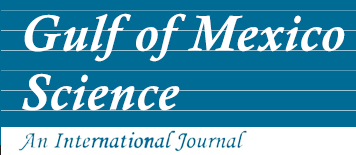Alternate Title
Preliminary Evaluation of the Use of Phosphogypsum for Reef Substrate in the Gulf of Mexico
Abstract
Phosphogypsum (PG), a solid by-product of phosphoric acid production in the fertilizer industry, contains radionuclides and trace metals in concentrations which are potentially hazardous to human health and to the environment. Due to the presence of these contaminants and to the lack of safe alternative uses for PG, the industry has necessarily resorted to on-site stockpiling as the primary disposal method. Thirty-three such stockpiles, totaling millions of tons of PG, are currently extant in the Gulf of Mexico region. The environmental and economic liabilities associated with PG stockpiling has prompted continuing research into alternative beneficial uses of this solid waste which will be protective of the public health. To investigate the efficacy of PG in the construction of artificial reefs, we conducted two preliminary studies which demonstrate that cement-consolidated PG may provide a suitable and safe substrate for artificial reef construction. The first, performed in the laboratory, examined the possibility of bioaccumulation of radium and six heavy metals over time when three levels (copepods, grass shrimp, and fishes) of an aquatic food chain experience both trophic and environmental exposure to PG. Other than higher radium levels in the experimental grass shrimp, little possible effect of PG exposure could be discerned. In all cases where increased metals concentrations were indicated within the experimental groups, roughly equivalent increases in metal concentrations also occurred in the control groups. The second, performed under natural conditions in four ¼-acre estuarine ponds, evaluated the effects of PG exposure on the community structures of marine meiofauna, macroinvertebrates, and fishes. Abundances of copepod species either were slightly increased in ponds with PG or were inconsistently affected. Diversity indices for macroinvertebrates and fishes showed modest but inconsistent variation among experimental and control ponds. Thus, no differences in community structure attributable to the presence of PG could be detected among benthic invertebrates, natant invertebrates, or fishes.
Recommended Citation
Nieland, D. L., C. A. Wilson and J. W. Fleeger.
1998.
Preliminary Evaluation of the Use of Phosphogypsum for Reef Substrate in the Gulf of Mexico.
Gulf of Mexico Science
16
(1).
Retrieved from https://aquila.usm.edu/goms/vol16/iss1/9

